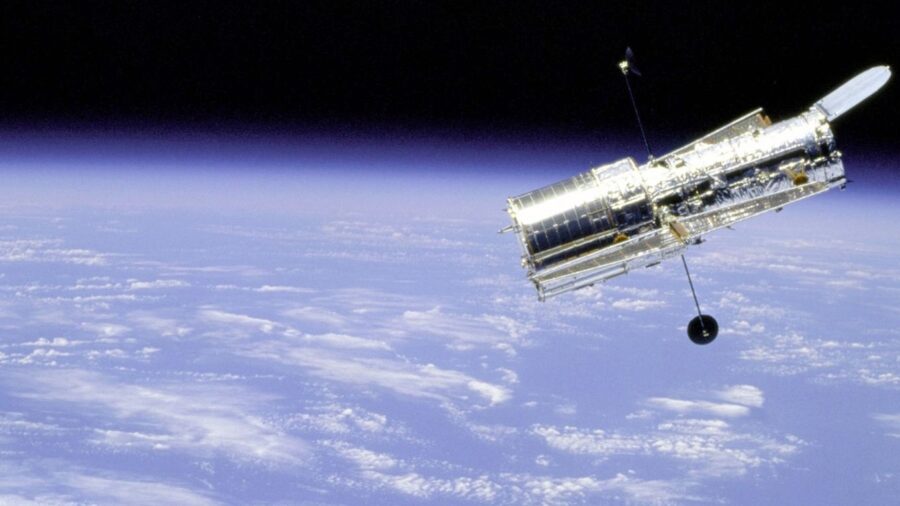New Space Race Includes Battlegrounds For Key Points

Most people have never heard of Lagrange points, but they are the new battleground in an emerging space race between China and the United States as the two world powers compete in the area of space exploration.
What Are Lagrange Points?
Lagrange points are points in space between planets where the centripetal force necessary for a smaller object to steadily orbit between two celestial bodies is balanced by the gravitational pull between the two bodies. The points are named for Joseph-Louis Lagrange, an Italian astronomer, physicist, and mathematician who made significant contributions in the fields of classical and celestial mechanics, as well as number theory and analysis.
Within our solar system, there are five Lagrange points, each of which has been given designations from L1 to L5. The positioning of L4 and L5, which are 60 degrees ahead of and behind Earth in the path of its solar orbit, makes them perfect spots to “park” telescopes and satellites. Spacecraft that enter these zones can stay in place for long periods of time without the need to expend a great deal of fuel in order to maintain their position.
This makes these Lagrange points the perfect places for observing the weather patterns on Earth. For their part, L1 and L2 also offer distinct advantages to communication, surveillance, and space research because of their proximity to the Moon and general lack of atmospheric interference.
Lagrange points hold significance for communication and observation, and are fueling a technological and economic rivalry between the United States and China
L2 is 1.5 million kilometers (932,000 miles) on the opposite side of Earth from the Sun, orbiting at roughly the same speed as our planet, but staying about four times as far away from us as our moon.
L2 is one of the most important Lagrange points for observational purposes. Just on the other side of the Moon from Earth, it provides an excellent view of deep space that makes it a perfect location for highly sensitive space telescopes such as the James Webb Space Telescope. The Queqiao relay satellite has been sent to L2 by China from their Chang’e 4 lunar probe, the first of its kind to land on the far side of the Moon from Earth.

Meanwhile, the United States is also planning missions that will target Lagrange point L2, like the Gateway lunar outpost that is planned for the latter part of this decade.
As China continues to ramp up its space program, the United States has particular interest in jockeying for position to prevent the CCP from getting an upper hand in communication and surveillance.
Lagrange points hold significance for communication and observation, and are fueling a technological and economic rivalry between the United States and China, causing them to be a major focus at NASA and the Department of Defense. Recently, a bipartisan committee in the House of Representatives produced a report that proposed almost 150 policy recommendations to “fundamentally reset” the relationship between the United States and China.
That report came after a year-long investigation into the rivalry between the two nations. In it, there was particular attention paid to Lagrange points, with one recommendation suggesting that NASA and the Department of Defense receive funding for programs that would counter the “malign ambitions” of the Chinese Communist Party (CCP) in space.
As China continues to ramp up its space program, the United States has particular interest in jockeying for position to prevent the CCP from getting an upper hand in communication and surveillance.
This makes Lagrange points a central focus for the new space race between the United States and China.












